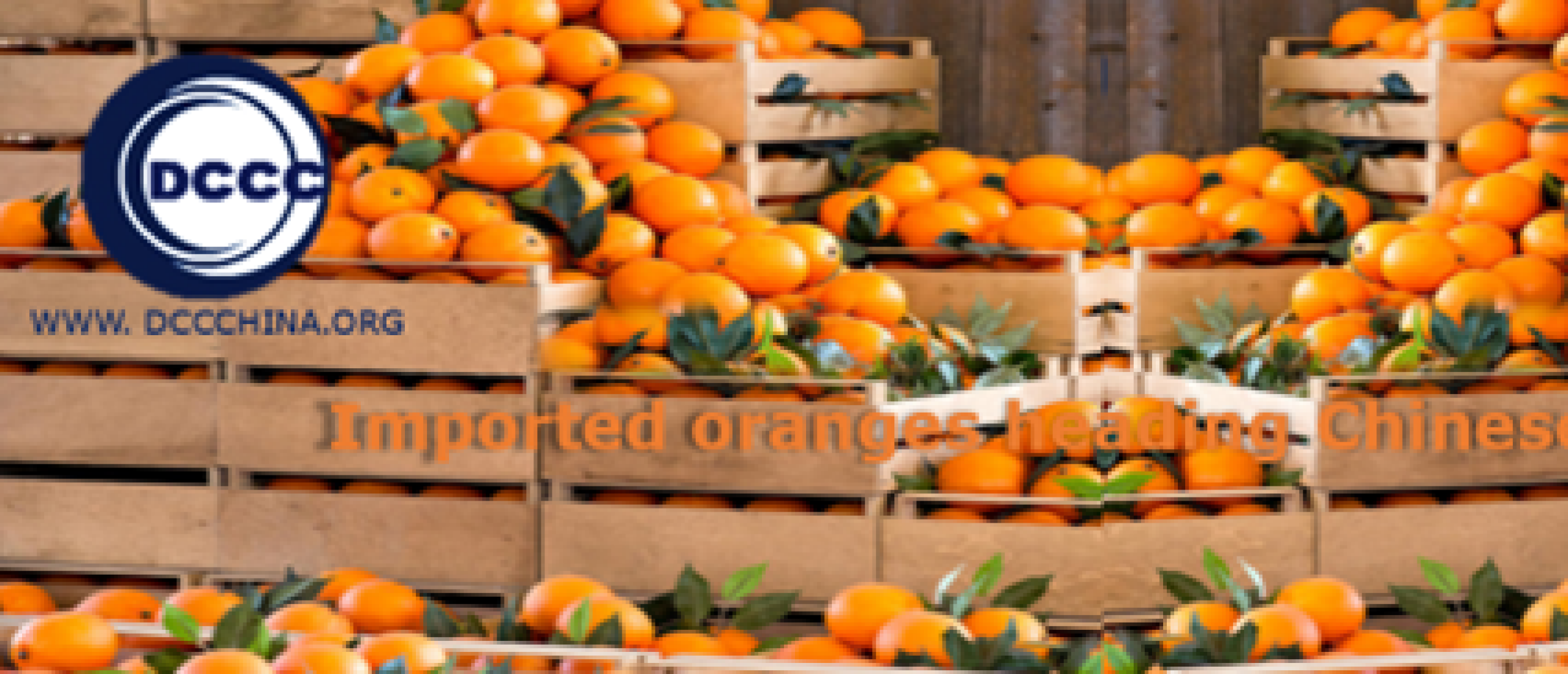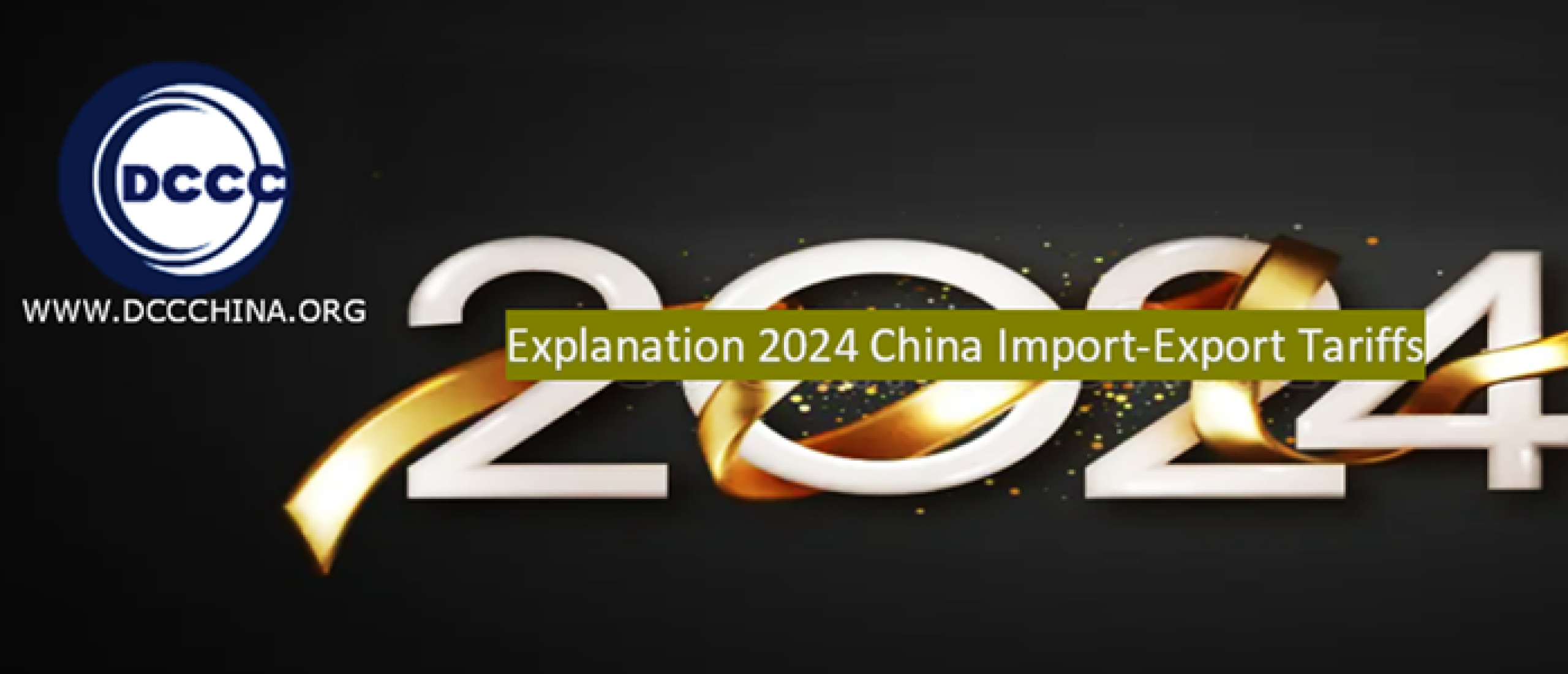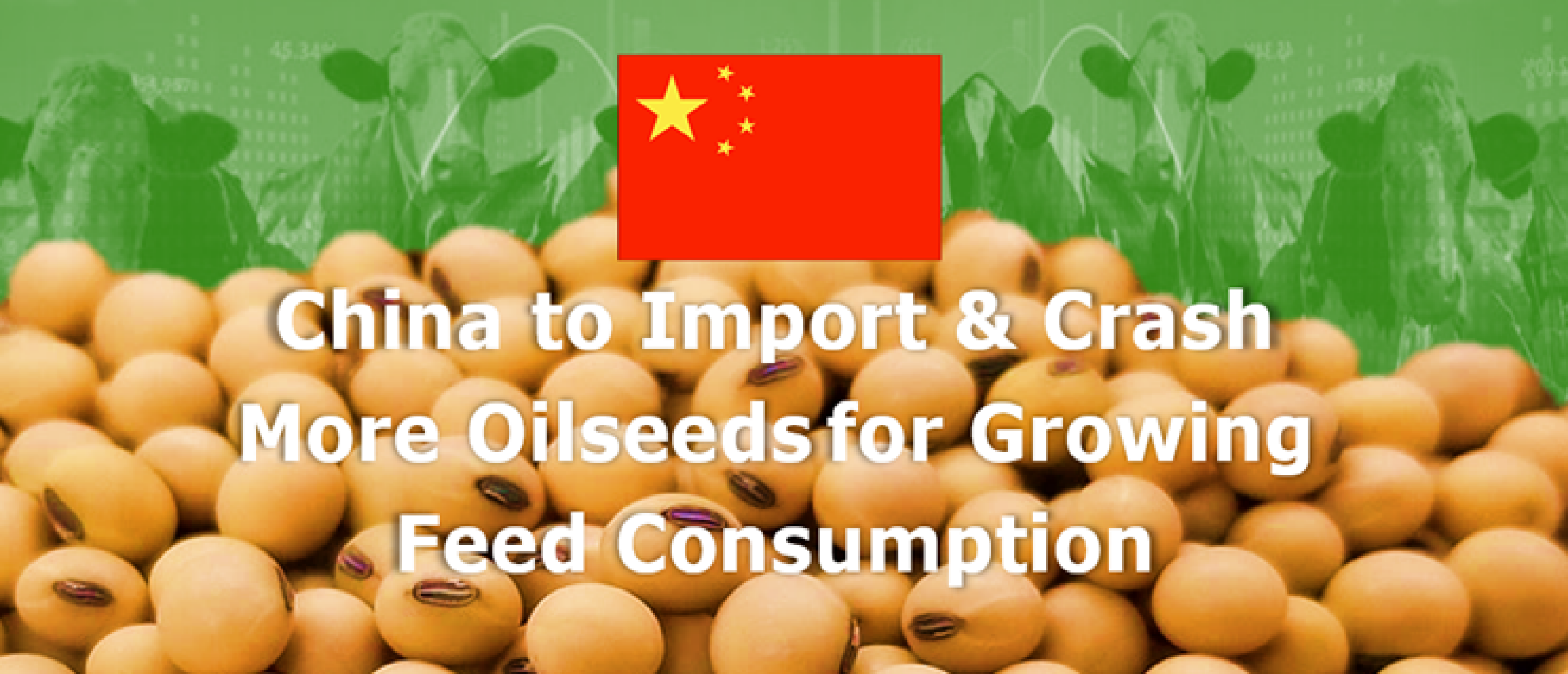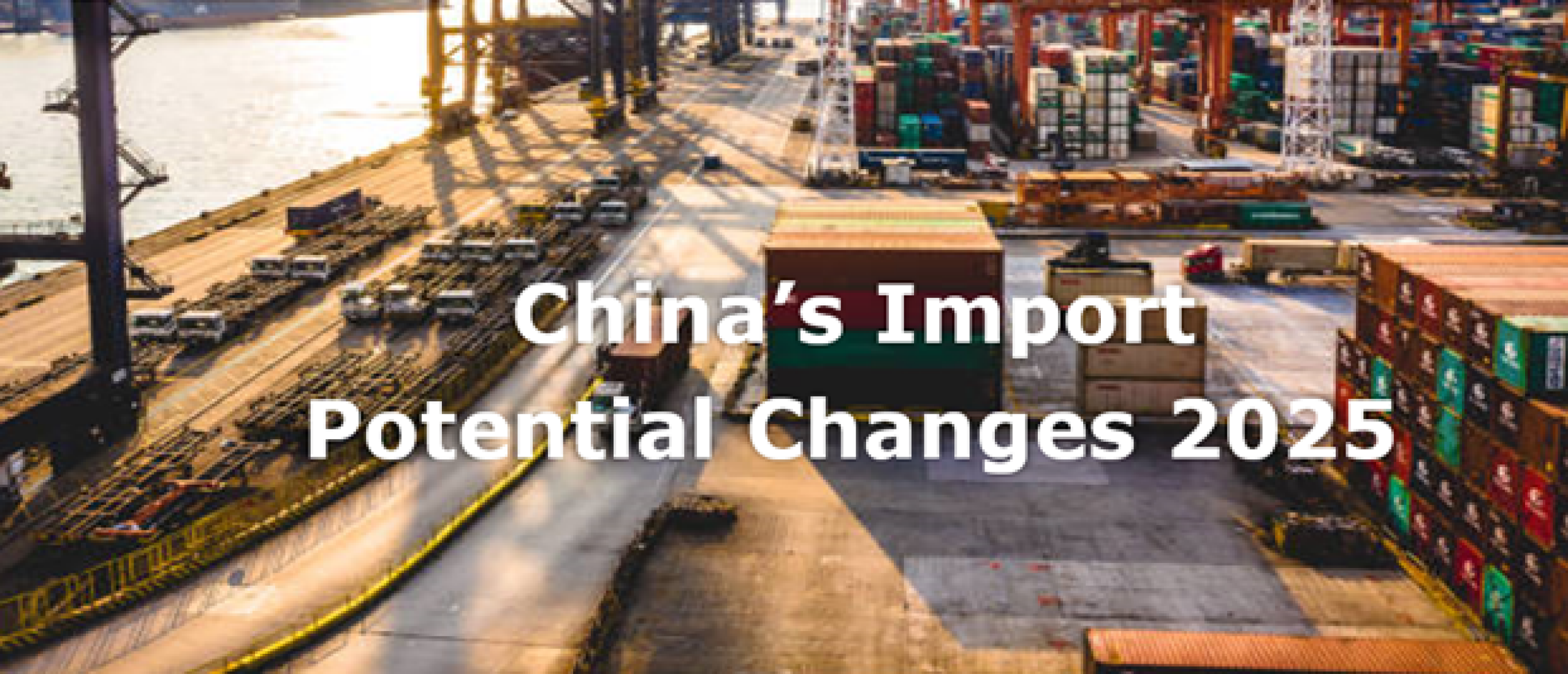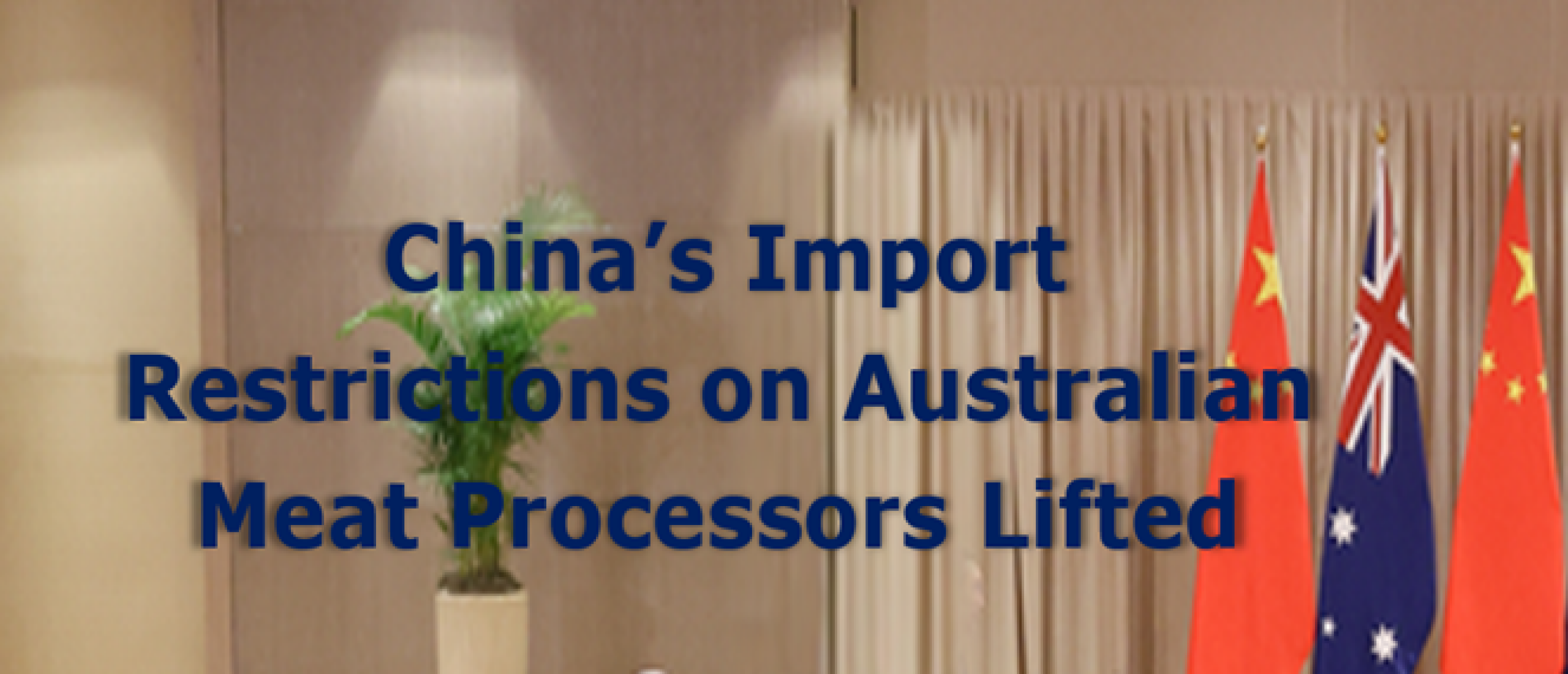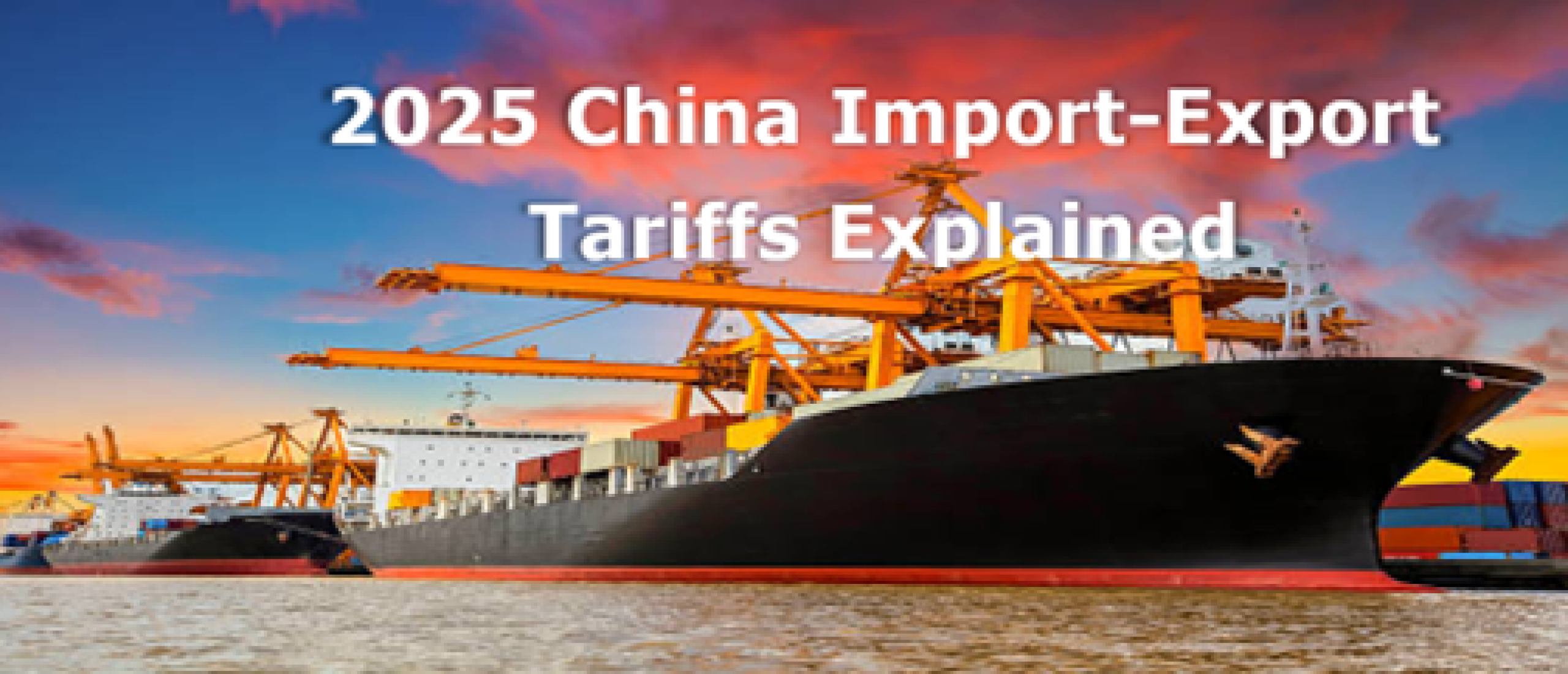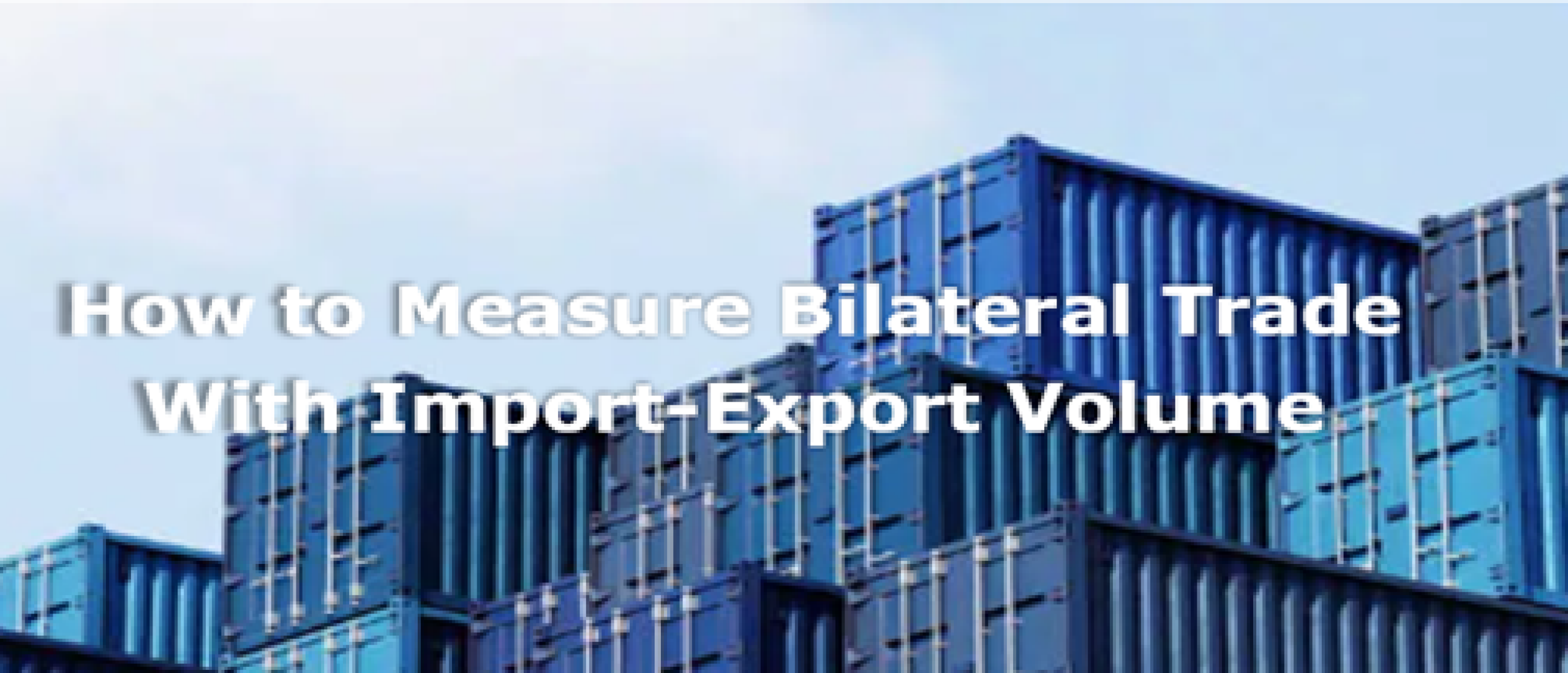
How to measure bilateral trade with import-export volume
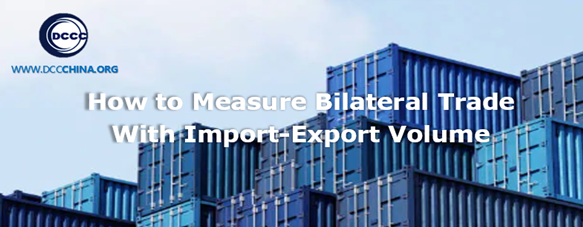 How to measure import-export between countries bilateral trade, and better understanding international trade flow, Exporter-Importer play significant role.
How to measure import-export between countries bilateral trade, and better understanding international trade flow, Exporter-Importer play significant role.
In the past decades, international trade practice has shaped new frames, that information and knowledge frictions, not just differences in transportation costs, factor endowments, and differences in productivity, shape global trade.
that countries need to learn how to produce the products they export, and hence, evolve their productive structures in a path-dependent manner that is constrained by knowledge flows. according to a related report that new conceptions have re-framed our understanding of international trade.
A substantial fraction of future bilateral trade: trade volumes increase when they share neighbors who export to that destination, or when they are already exporting to a destination’s neighbors, but also when countries export related products to a destination.
That connection or bond among products, and among geographic neighbors that the effects of product bond is likely to be stronger for more complex, technologically sophisticated, and differentiated products.
Further, that the presence of related activities facilitates the knowledge flows that countries need to learn how to produce and export products to specific destinations.
Importantly, that the knowledge needed to trade products is quite specific and flows more effectively among related products.
Moreover, connections to channel (importer bond) are more linked to sales and may capture information about relationships with established regional distribution centers, logistic companies, and customs unions.
This channel may also reflect knowledge of how to do business or cater to the tastes of customers at local level, even with exporter bond or connection on how to export to specific destinations flows among product lines or related industries.
Also, update classifications of various products are crucial bonded here, since trading new products that are more advanced materials complex, technologically more sophisticated, and they should be differentiated.....See more from the report here
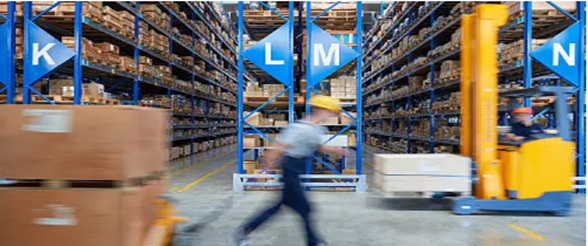 With future bilateral trade, country of origin, country of destination and product, with Exporter-Importer, that countries exporting related products to a destination, exporting the same product to the neighbors of a destination, etc., they are all linked together.
With future bilateral trade, country of origin, country of destination and product, with Exporter-Importer, that countries exporting related products to a destination, exporting the same product to the neighbors of a destination, etc., they are all linked together.
It seems that with neighbors that are already exporting the same product, are more likely to experience an increase in their exports of a product to a destination.
How to measure bilateral trade with import-export volume is an important topic that should be further give attention, moreover, as for how to trade a specific product between a specific pair of countries needs to flow for that trade to be materialized.

